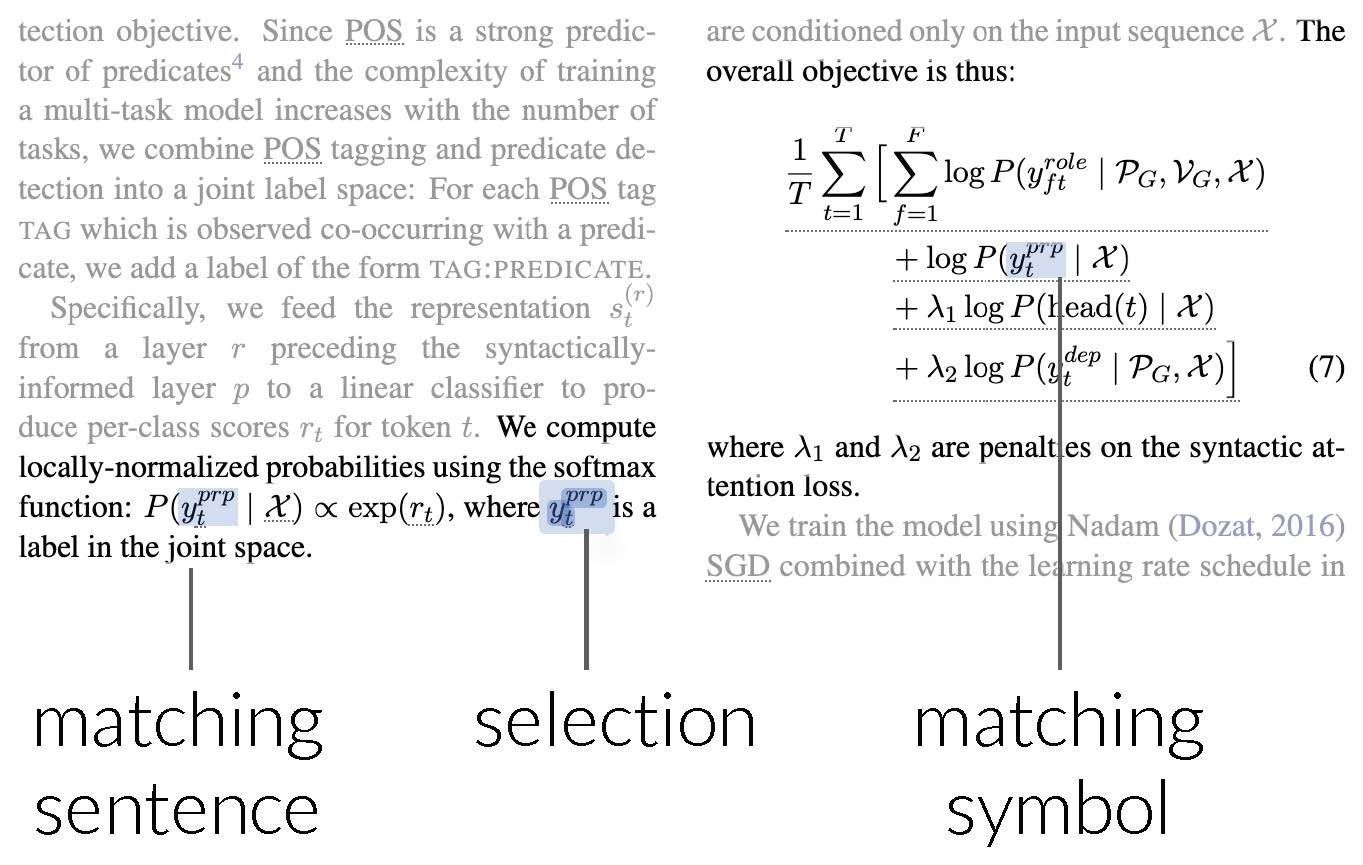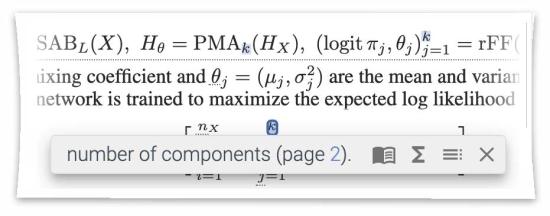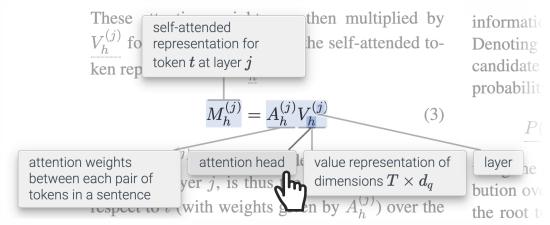To help scientists deal with the increasing volume of published scientific literature, a research team at the I School is designing ScholarPhi, an augmented reading interface that makes scientific papers more understandable and contextually rich.
The project is led by UC Berkeley School of Information Professor Marti Hearst, and includes UC Berkeley postdoctoral fellows Andrew Head and Dongyeop Kang, and collaborators Raymond Folk, Kyle Lo, Sam Sjonsberg, and Dan Weld from the Allen Institute for AI (AI2) and the University of Washington. It is funded in part by the Alfred P. Sloan Foundation and by AI2.
ScholarPhi broadens access to scientific literature by developing a new document reader user interface and natural language analysis algorithms for context-relevant explanations of technical terms and notation.
“The goal of this project is to help democratize understanding of complex scientific literature,” said Professor Hearst. “The AI literature is a case study; the papers are often technically dense. This is our take on explainable AI.”
The Challenge
The key challenge in designing the interface is coming up with interactions that show helpful information about terms and symbols without getting in a reader’s way. Given the difficulty of reading a scientific paper, small design gaffes can lead to unpleasant reading experiences.
With this challenge in mind, the team has designed an innovative interface with four features. First, the interface shows definitions of terms and symbols in compact tooltips. Second, it automatically diagrams equations, showing definitions of all symbols in the margins of any equation that a reader clicks. Third, it adds a priming glossary to the beginning of the paper that shows definitions of all terms and symbols in one place. Finally, it "declutters" the paper on demand—letting the reader select a symbol or term of interest, and lowlighting/hiding all of the passages that do not contain that symbol or term.

Results
A lab study showed that when scholars used ScholarPhi, they could answer questions about a scientific paper in significantly less time, while viewing less of the paper in order to come to an answer, than with a standard document reader. Scholars found it easier to answer questions about the paper, and were more confident in their answers. They also reported they would use definition tooltips and equation diagrams frequently if they had them in their reading tools.
While the interface has only been evaluated in the lab with manually-edited definitions, the team is working to advance the state-of-the-art in automated definition recognition. The team is also working closely with the team at AI2 that develops the Semantic Scholar academic search engine to release an interactive reading application that will eventually make the reading experience available for millions of papers.
The ScholarPhi project appears as a full paper at the ACM CHI Conference on Human Factors in Computing Systems, a premier conference in human-computer interaction, the week of May 10, 2021. To learn more about the project, watch the video presentation for the CHI paper, or try out the online demo of the user interface.












